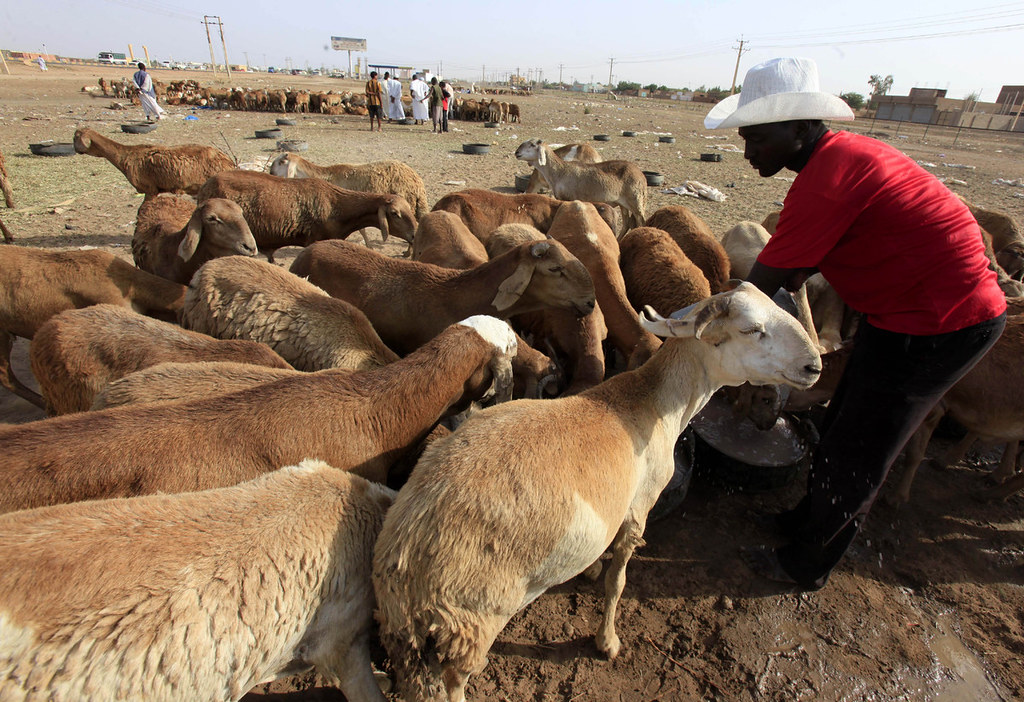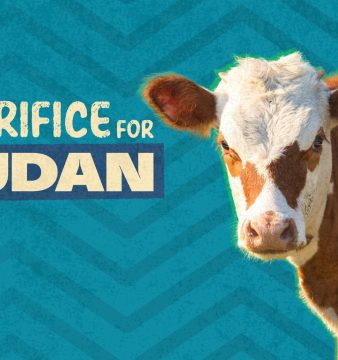A Sudanese Eid Al Adha
Every year, Muslims celebrate two major holidays: Eid Al Fitr, which marks the end of the holy month of Ramadan and the beginning of the month of Shawwal, and Eid Al Adha, which falls on the 10th of Dhu Al Hijjah — the 12th and the final month in the Islamic Hijri calendar. This year, Eid Al Adha took place from 6 to 8 June. Dhu Al Hijjah is also the month in which Muslims from around the world perform Hajj, the annual Islamic pilgrimage to Mecca, Saudi Arabia, the holiest city for Muslims.
Eid Al Adha in Sudan has a distinct flavour, rich with unique traditions and cultural practices that make the celebration purely Sudanese. Preparations for Eid begin early. Preparations start weeks in advance with deep cleaning every corner of the house and picking up the Udhiya. Many Sudanese living abroad plan their annual vacations around this time to return home and celebrate with their families.
Known as the Festival of Sacrifice, Eid Al Adha commemorates Prophet Ibrahim’s willingness to sacrifice his son in obedience to God’s command. God replaced his son with a sheep, symbolising divine mercy and faith. Here is where the ritual slaughter of sheep, known as Udhiya, originates from. Also known as Qurban or Qurbani, the Udhiya of goats, cows, or camels is also permissible.
One of the most anticipated events is the choosing and buying of sheep for the Udhiya. In large families, a trusted and experienced member is chosen to select sheep for all the households. Children often join in, excited to be part of the search for the perfect sheep and to help bring it home. The sheep are then kept at the family house — usually with the grandparents — and cared for until the day of Udhiya when the sheep are slaughtered.
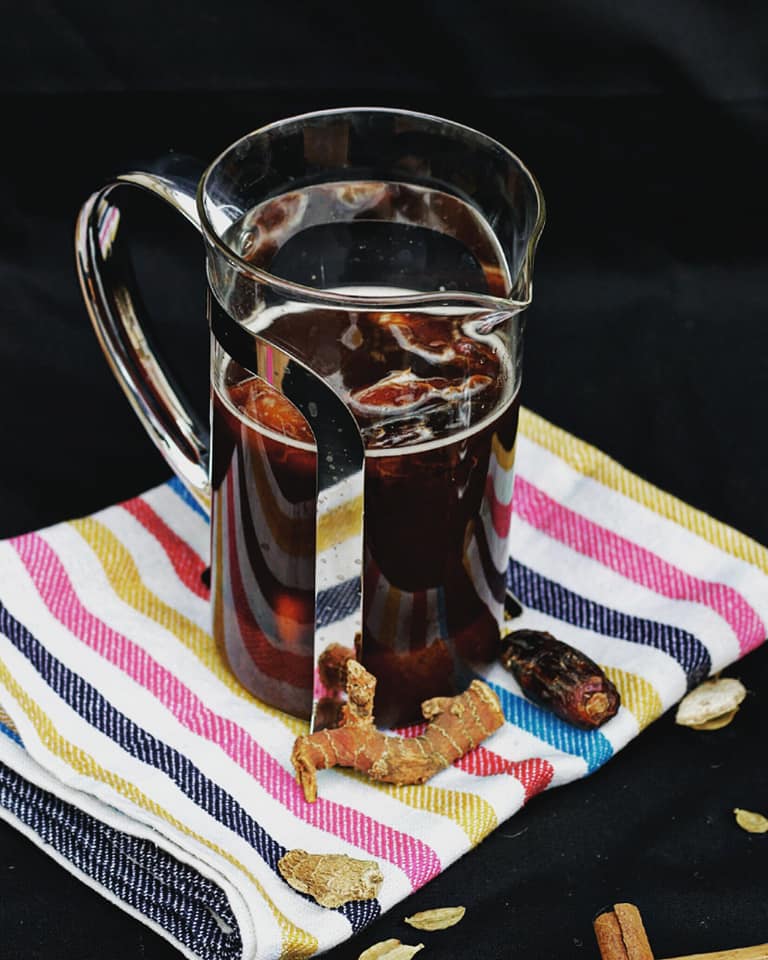
Sharbot. Source: Moa Imports www.moaimports.com/sudanese-sharbot
Another key preparation is Sharbot, a traditional Sudanese drink made days before Eid. It is created by fermenting dates with spices to produce a unique, flavourful drink that pairs perfectly with the meaty dishes of Eid. To prepare Sharbot – commonly prepared by the women in the family – after fermenting a generous amount of dates with spices such as cloves, ginger, and cinnamon, it is boiled in a large pot over low heat. The mixture is left to cool and ferment for a day or two, stirred occasionally. On the night before Eid, it is strained and stored in the fridge to be served cold. Sharbot is fermented just enough to give it a fizzy, tangy taste while remaining non-alcoholic.
For those who don’t prefer Sharbot, another popular drink is Ghobasha, a refreshing mix of yogurt and 7-Up, also served cold after the heavy meat meals.
On the morning of the 10th of Dhu Al Hijjah, women complete the final touches of cleaning and preparation before heading out for Eid prayer, known as Salat Al Eid. The prayer is usually held in an open spaces, known as Midan, in the centre of each neighbourhood, or sometimes mosques. After the prayer, people greet and congratulate one another in a warm, heartfelt show of harmony and emotional connection. The men then gather at the family home to plan the day.
The Udhiya begins at the home, commonly at the home of the grandparents, continuing in order of seniority among the uncles and extended relatives. What sets Sudan apart is its tradition of performing the sacrifice in front of each family’s home, rather than at a slaughterhouse. This adds a personal, community-driven touch to the ritual.
In Islam, the animal must be killed with a knife cut to the throat, after invoking the name of Allah and reciting the blessing. This is known as halal slaughter, which is usually performed by a dhabah, one who is knowledgeable and skillful in practice.
The meat is divided into three portions: one for the family, one to share with friends and relatives, and one for the less fortunate. This distribution honours the true spirit of Eid – generosity, sharing, and compassion.
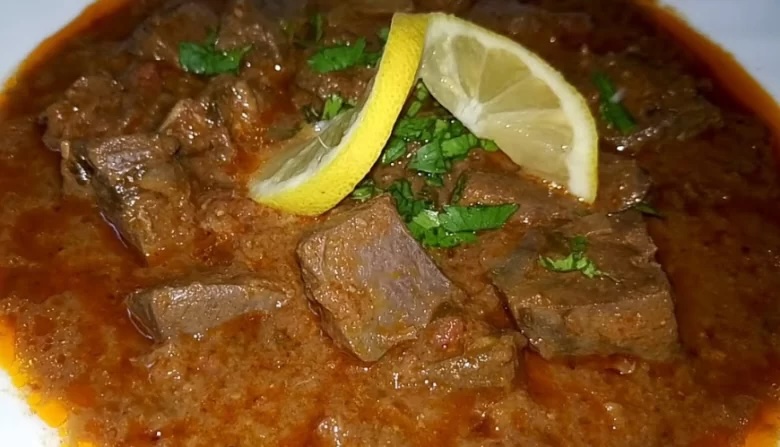
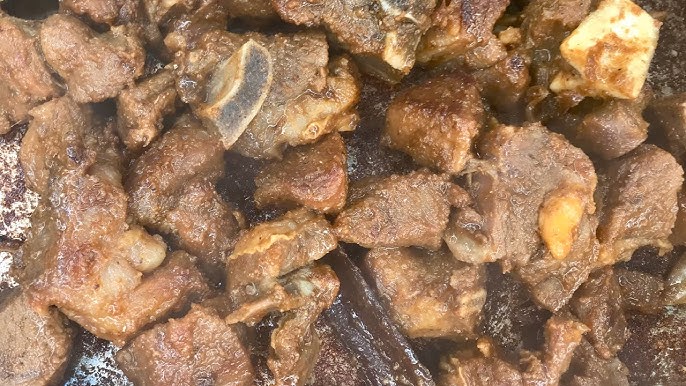
The meat that stays home for the family is prepared in a variety of delicious Sudanese ways:
- Shayya: Small pieces of pure meat, seasoned and grilled.
- Lahmat saj: Larger cuts of bone-in meat, seasoned and cooked on a saj or metal griddle.
- Liver: Prepared in several different styles.
- Kamonia: A stew dish made from cleaned intestines and stomach, cooked with spices, mainly cumin, which is where the dish gets its name.
For many Sudanese now living abroad, Eid Al Adha brings bittersweet feelings – joyful memories mixed with longing. The vibrant gatherings, the smell of grilled meat, the laughter echoing through family homes – these are the threads that weave the Sudanese Eid experience.
In a time when many families are separated by distance due to the ongoing war in Sudan, the dream of celebrating together again remains strong. May peace and safety return to Sudan, so we may once more gather, share, and celebrate Eid in all its true warmth and beauty.
Lamia Abdallah is a medical school graduate figuring out life, one article at a time, one diagnosis later. Lover of books, storytelling, and being a voice for the voiceless.

